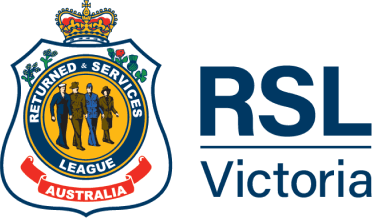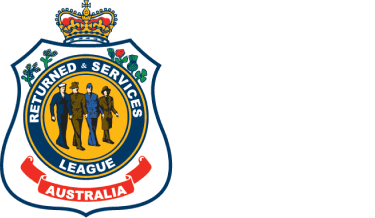Mufti Vol. 61 No. 2
Photography: The Australian War Memorial
One of the unexpected silver linings to come out of the pandemic has been the discovery of a treasure trove of service memorabilia unearthed during our Covid cleanouts. Lengthy lockdowns have offered a rare opportunity for many to sort out the filing cabinet or garage, or finally take a good look at the shoebox of loved one’s war trinkets gathering dust in the garden shed, and our national war collections are richer for it.
Robert Fisher, the Assistant Registrar of Acquisitions and Collections at the Australian War Memorial (AWM) says that around 50,000 items have been offered for donation in the past year.
Among them, surprise gems such as a letter written by WW2 national hero Lieutenant Thomas ‘Diver’ Derrick VC DCM to his mate Lieutenant John Thirkell back home in Australia.
Derrick served in five campaigns from Tobruk to Tarakan, and this six-page letter adds to a collection of his diaries which are considered to be among the most important writings by any Australian soldier.
“The letter is dated May 16, 1945 which makes it one of the very last, if not the last letter he ever wrote because he died eight days later,” Fisher says.
“Historically it is of great significance and thankfully someone in John Thirkell’s family realised this might be something important and tucked it away for safe keeping. It’s really very special when you hold something like that in your hands.”
The AWM holds Australia’s biggest collection of war time material with over 10,000 donated items held in the private collection.
They encourage anyone who stumbles across or inherits the war-time treasures of a loved one or indeed veterans themselves who may have service memorabilia tucked away, to get in touch.
“You just never know what is among someone’s private collection,” says Rebecca Brenton, Assistant Curator. “Often we hear ‘my Uncle or Grandpa passed this down and I don’t know what to do with it’. Our team can do a preliminary assessment over the phone.”
“We collect things from all theatres of war that Australians have been involved in and some things from civilians too if they offer insight into what it was like on the home front, or people who came to Australia after war time experiences overseas. For example, we have collections from Jewish POW’s who came here are they were freed.
"We are interested in any material that helps us better understand the Australian war time experience, from the Boer War to current conflicts"
Rebecca Brenton
If you’ve unearthed or inherited war material and you’re not sure what to do with it, Rebecca Brenton says the first step is to store it in a clean dry place until you’ve considered options.
“Please don’t store things in the garage or garden shed!” she says, “bring them inside, dust them off very carefully and store them in a place that is dry and generally around 20 degrees. Paper is at its happiest then. If you have letters or papers that are very fragile, try not to touch them, the less you can touch them the better.”
She says that sticky tape is big no-no when it comes to storing historical material, and any old newspaper cuttings, which can be very acidic and erode paper, should be kept well away from precious letters or documents. Separate documents with a sheet of acid free paper or copy paper if that’s all you’ve got.
“It’s unfortunate how much sticky tape we see by families who think they are doing the right thing by keeping pages together but it’s in fact the opposite, and sometimes it will be the difference between whether we can take a submission or not.”
While the AWM is happy to hear from anyone considering donating the war time material of a loved one, they are not the only place that can ensure your story or your loved one’s story is recorded and preserved.
The Melbourne Shrine of Remembrance also take donations as do the State Library, the National Archives of Australia, some local RSL’s, many local war museums and the Army, Navy and Air Force who each have their own museums dotted around the country.
With the AWM currently undergoing a vast expansion, Rob Fisher says they are looking for material from recent missions including Iraq and Afghanistan, and peacekeeping missions, to build their collection for future exhibitions.
"Veterans of recent conflicts have been through great trauma and it’s part of our national story. We want to put all of those pieces together, even emails sent back home help us put together the full story of service."
Rebecca Brenton
"The most important thing is to do something with your memorabilia, whether that’s to keep it stored safely among your family or donate it to a museum."
Rebecca Brenton
“I’ve seen a lot of letters in shoe boxes, I’ve had donations come to me that have been pulled from the top of a skip after being thrown out or rescued from landfill. Sadly, a lot of precious war material ends up in rubbish which is a great shame. Do something with it, don’t just leave it in the back shed, there’s lots of options.”
Information for how to donate material to the Australian War Memorial can be found at: awm.gov.au. The Shrine of Remembrance also accepts donations for more information visit: shrine.org.au
Museums and Galleries Australia-Victoria are working on the Veterans Heritage Project, supporting RSL’s and community organisations to preserve military collections, more information can be found at: amagavic.org.au

